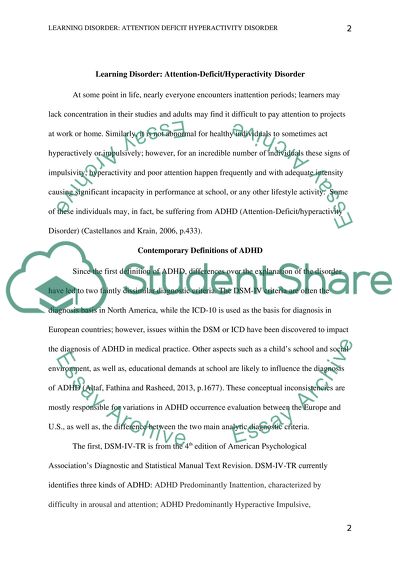Cite this document
(“Learning Disorder: Attention-Deficit Hyperactivity Disorder/ ADHD Research Paper”, n.d.)
Learning Disorder: Attention-Deficit Hyperactivity Disorder/ ADHD Research Paper. Retrieved from https://studentshare.org/psychology/1643175-learning-disorder-attention-deficit-hyperactivity-disorder-adhd
Learning Disorder: Attention-Deficit Hyperactivity Disorder/ ADHD Research Paper. Retrieved from https://studentshare.org/psychology/1643175-learning-disorder-attention-deficit-hyperactivity-disorder-adhd
(Learning Disorder: Attention-Deficit Hyperactivity Disorder/ ADHD Research Paper)
Learning Disorder: Attention-Deficit Hyperactivity Disorder/ ADHD Research Paper. https://studentshare.org/psychology/1643175-learning-disorder-attention-deficit-hyperactivity-disorder-adhd.
Learning Disorder: Attention-Deficit Hyperactivity Disorder/ ADHD Research Paper. https://studentshare.org/psychology/1643175-learning-disorder-attention-deficit-hyperactivity-disorder-adhd.
“Learning Disorder: Attention-Deficit Hyperactivity Disorder/ ADHD Research Paper”, n.d. https://studentshare.org/psychology/1643175-learning-disorder-attention-deficit-hyperactivity-disorder-adhd.


